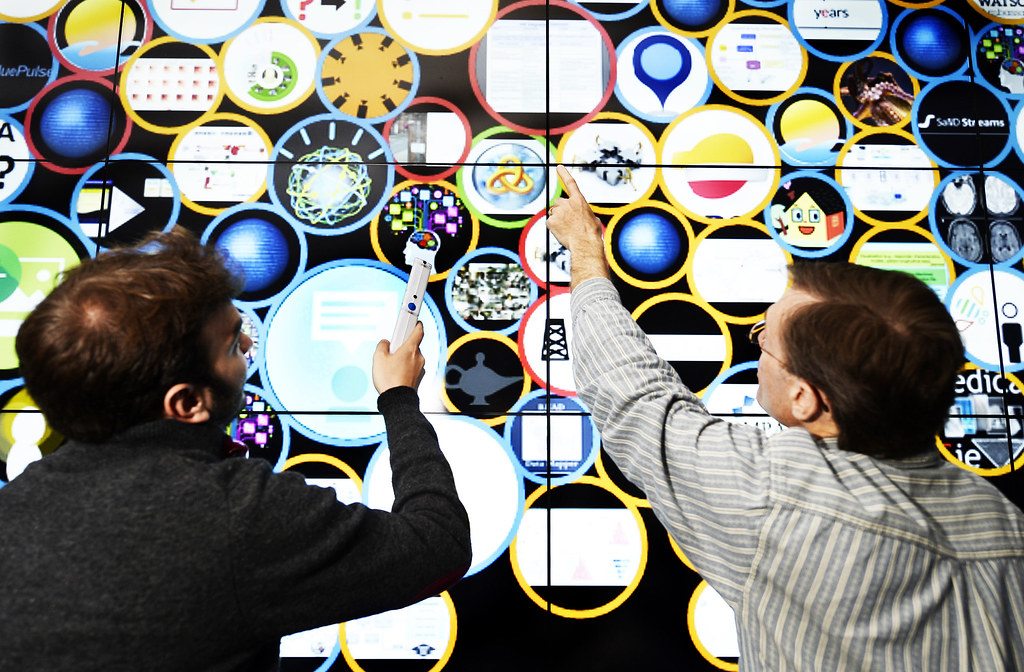Introduction:
User-Centered Design (UCD) is a crucial approach in software development that focuses on creating products that meet users’ needs and deliver exceptional user experiences. This article explores the significance of User-Centered Design in software development and highlights its benefits in creating successful and user-centric software solutions. By prioritizing the needs and preferences of users, organizations can enhance user satisfaction, drive adoption, and differentiate themselves in a competitive market.
Understanding User-Centered Design:
User-Centered Design is an iterative design process that involves understanding users, their goals, and the context in which they will use the software. It emphasizes involving users throughout the design and development stages to ensure that the final product meets their requirements. UCD involves techniques such as user research, persona development, usability testing, and iteration based on user feedback.
Empathy and User Research:
User-Centered Design begins with empathizing with users and understanding their needs, motivations, and pain points. User research techniques, including surveys, interviews, and observations, help gather valuable insights into user behaviors, preferences, and expectations. This research forms the foundation for making informed design decisions and prioritizing features that truly resonate with users.
Persona Development:
Creating user personas is a vital step in User-Centered Design. Personas represent fictional characters who embody the characteristics, goals, and behaviors of the target user group. These personas serve as a reference point throughout the development process, helping the design team empathize with users and make user-centric design decisions. Personas ensure that software solutions are tailored to specific user segments and their unique requirements.
Iterative Design and Prototyping:
UCD involves an iterative design process, where prototypes are created and refined based on user feedback. Prototyping allows users to interact with a simplified version of the software, providing valuable insights into usability, functionality, and overall user experience. Iterative design ensures that design flaws and usability issues are identified and addressed early in the development cycle, resulting in a more refined and user-friendly final product.
Usability Testing:
Usability testing is a critical component of User-Centered Design. It involves observing and gathering feedback from users as they perform tasks within the software. Usability tests identify areas of friction, confusion, or inefficiency, allowing developers to make necessary improvements. By involving users in the testing process, organizations can uncover usability issues and refine the software to meet user expectations.
Enhancing User Satisfaction:
User-Centered Design prioritizes user satisfaction by focusing on delivering software that meets users’ needs and expectations. By understanding user requirements and incorporating user feedback, organizations can create intuitive interfaces, streamline workflows, and provide features that genuinely address user pain points. User satisfaction leads to increased adoption, positive user experiences, and improved customer loyalty.
Differentiation and Competitive Advantage:
In today’s competitive market, User-Centered Design can be a key differentiator. By prioritizing user needs and crafting experiences that resonate with users, organizations can stand out from the competition. User-centric software solutions have a higher likelihood of gaining traction, achieving higher user engagement, and building a positive brand reputation.
Increased Efficiency and Productivity:
User-Centered Design enhances the efficiency and productivity of software solutions. By designing intuitive interfaces and workflows, users can quickly learn and navigate the software, reducing the learning curve. Streamlined processes and well-designed interactions improve task completion times and overall productivity. User-centric software empowers users to accomplish their goals effectively and efficiently.
Reduced Support and Training Costs:
User-Centered Design can help reduce support and training costs associated with software solutions. When software is intuitive and user-friendly, users require less assistance and training to use the system effectively. This reduces the burden on support teams and lowers the costs associated with onboarding and ongoing training efforts.
Continuous Improvement and Adaptation:
User-Centered Design is not a one-time process but a continuous effort to adapt and improve software based on user feedback and evolving user needs. By maintaining a feedback loop with users, organizations can gather insights and make iterative enhancements to the software over time, ensuring that it remains aligned with user expectations and delivers a superior user experience.
Conclusion:
User-Centered Design is a fundamental approach in software development that places users at the center of the design process. By empathizing with users, conducting user research, developing personas, iterating through prototypes, performing usability testing, and prioritizing user satisfaction, organizations can create software solutions that meet user needs, drive adoption, and gain a competitive advantage. User-Centered Design is an ongoing commitment to continuous improvement and adaptability, ensuring that software remains relevant, user-friendly, and successful in an ever-evolving digital landscape.


